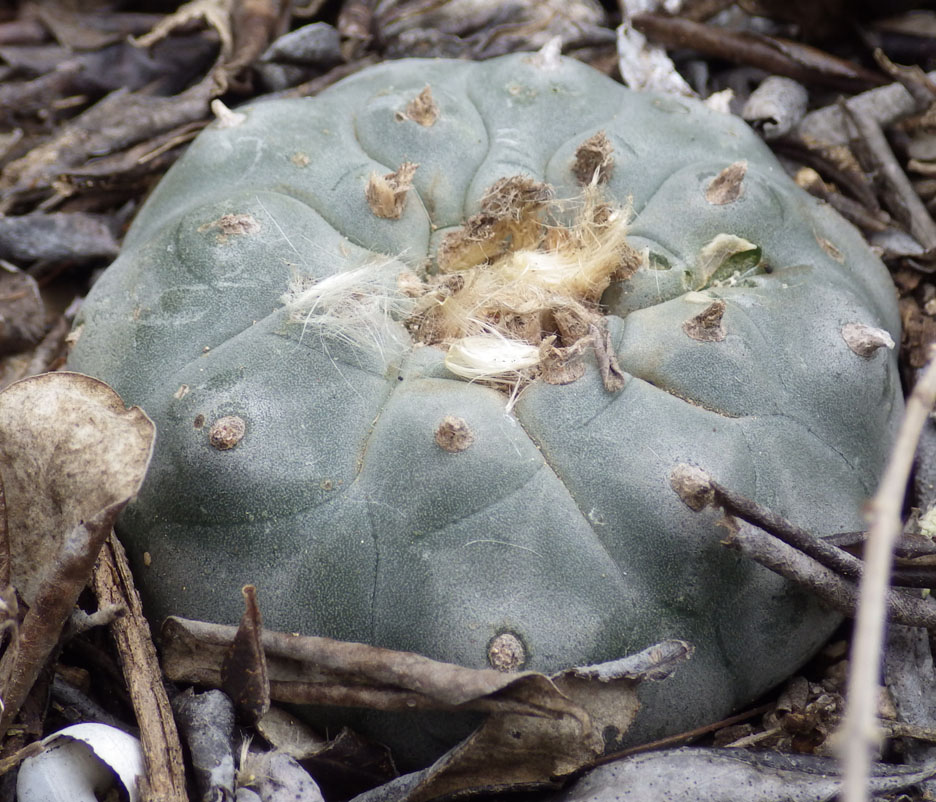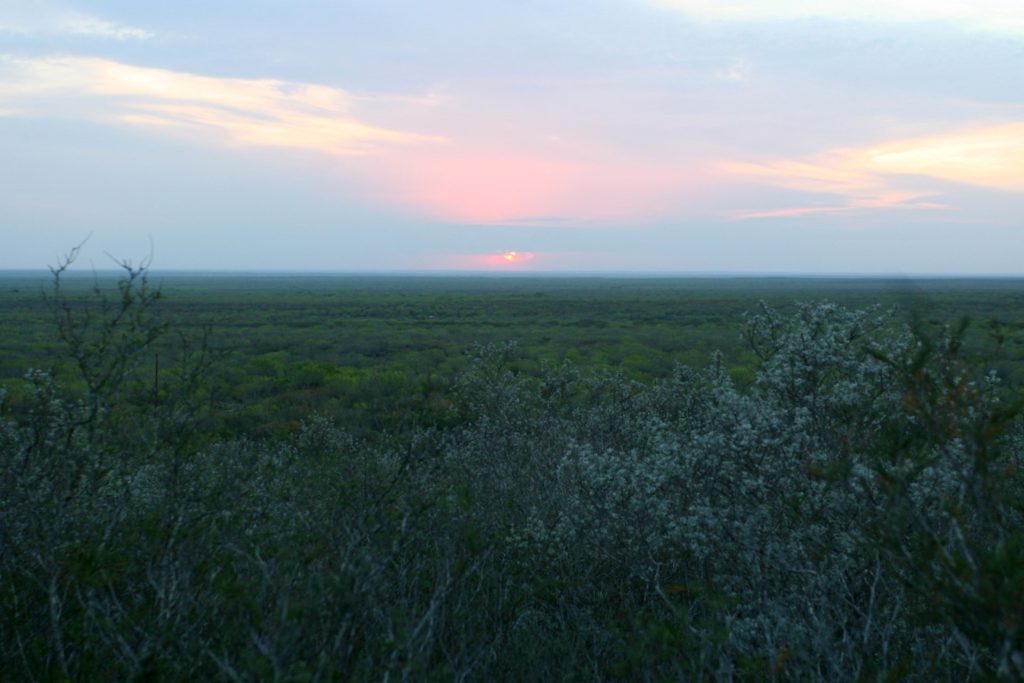Peyote and their plight
The progress for peyote has not been so extensive despite its proximity to and shared danger with star cactus. Peyote and star cactus are both sought after by collectors. A single wild-grown specimen of star cactus can sell for hundreds of dollars to a collector. Peyote is harvested by licensed “peyoteros” for sale to the many Native American churches collectively known as the Native American Church (NAC). The latest figures published by the Texas Department of Public Safety, the state agency that oversees this legal trade, show declining sales to the NAC in the face of well documented increasing demand (see National Geographic, April 2006, “Culture” section). The Nature Conservancy has not placed peyote on their priority list of species in need of protection by acquisition of habitat, based on the fact that peyote is not a federally listed endangered species; though it is now listed as “vulnerable” by the International Union for the Conservation of Nature (IUCN). This leaves it to the CCI to pursue this worthy goal, with the hopes of leading the way for others.
The fact that these two cacti occupy similar, often contiguous habitats, provides an opportunity to create a single refuge for both. Both are extremely slow growing. Both are collected for their intrinsic value to their admirers. Peyote is being cut repeatedly within its range by peyoteros, reducing its natural potential to propagate by seeding. (See “A Tale of Two Cacti”.) Star cactus has been pushed much closer to extinction than peyote. As increasing demand for peyote prompts ever more frequent cutting, it appears that peyote will be pushed down the same trail that star cactus has been.

One reason peyote is not designated as endangered is because peyote has a much more extensive geographic range than star cactus (both in the U.S. and in Mexico). Unlike star cactus, which is endangered throughout its range, peyote is endangered at the local population level in those areas where peyoteros have access and harvest too frequently. On large ranches where peyote is adequately protected by the landowners or is remote enough from road access, it tends to be less hard pressed.
Peyote’s use as a sacrament and the shrinking area of land available to the peyoteros for harvesting has lead to the widespread scarcity perceived by NAC members when they seek to buy it legally from the licensed dealers – where the buttons get smaller and more expensive every year. Even the number of distributors has shrunk along with the availability of wild peyote since some can no longer get enough supply to justify the $1,523 annual distributor’s registration fee to the federal regulatory authorities (DEA). The increasing demand by the NAC church members, who travel from all over North America to Texas to buy, only increases the danger that more acreage will be opened to overharvest. Those areas where harvesting is currently forbidden by landowners are not permanently protected. Their decisions to exclude are made season to season and are not binding on subsequent owners or managers.
We invite you to examine what we’re doing and urge you to help in creating this sanctuary.


